Editor’s Key Takeaways: Mastering the Art of High Key and Low Key Lighting

The blog post provides comprehensive information on the difference between high key and low key lighting effects in photography. Both high key and low key lighting are common photography techniques with distinct visual effects used to create a variety of moods and styles.
- High key lighting gives photos a pure-white background, typically used for producing an upbeat, vibrant ambiance. It is often used in portrait photography, some product photography, fashion magazines, macro photography, and bird photography.
- Low key lighting results in pure-black backgrounds, typically used for creating a dramatic, moody ambiance. It is also common in portrait photography, product photography, and still life shots.
The blog suggests that high key lighting is easier to achieve, especially when shooting outdoors on cloudy days without a flash. However, it can also be achieved with a flash, regardless of ambient light conditions. Conversely, low key lighting is a bit more challenging to create. Shooting outdoors can achieve this effect, but might require substantial post-processing. Using a flash or a single strong natural light source, like diffuser window light, can simplify the process, especially when shooting indoors.
Introduction
Do you want to know the difference between high key vs low key lighting?
And are you wondering how these two different effects are produced?
Don’t worry.
Because this article will tell you everything you need to know about high key and low key lighting – including how to create stunning high key and low key setups.
Let’s dive right in.
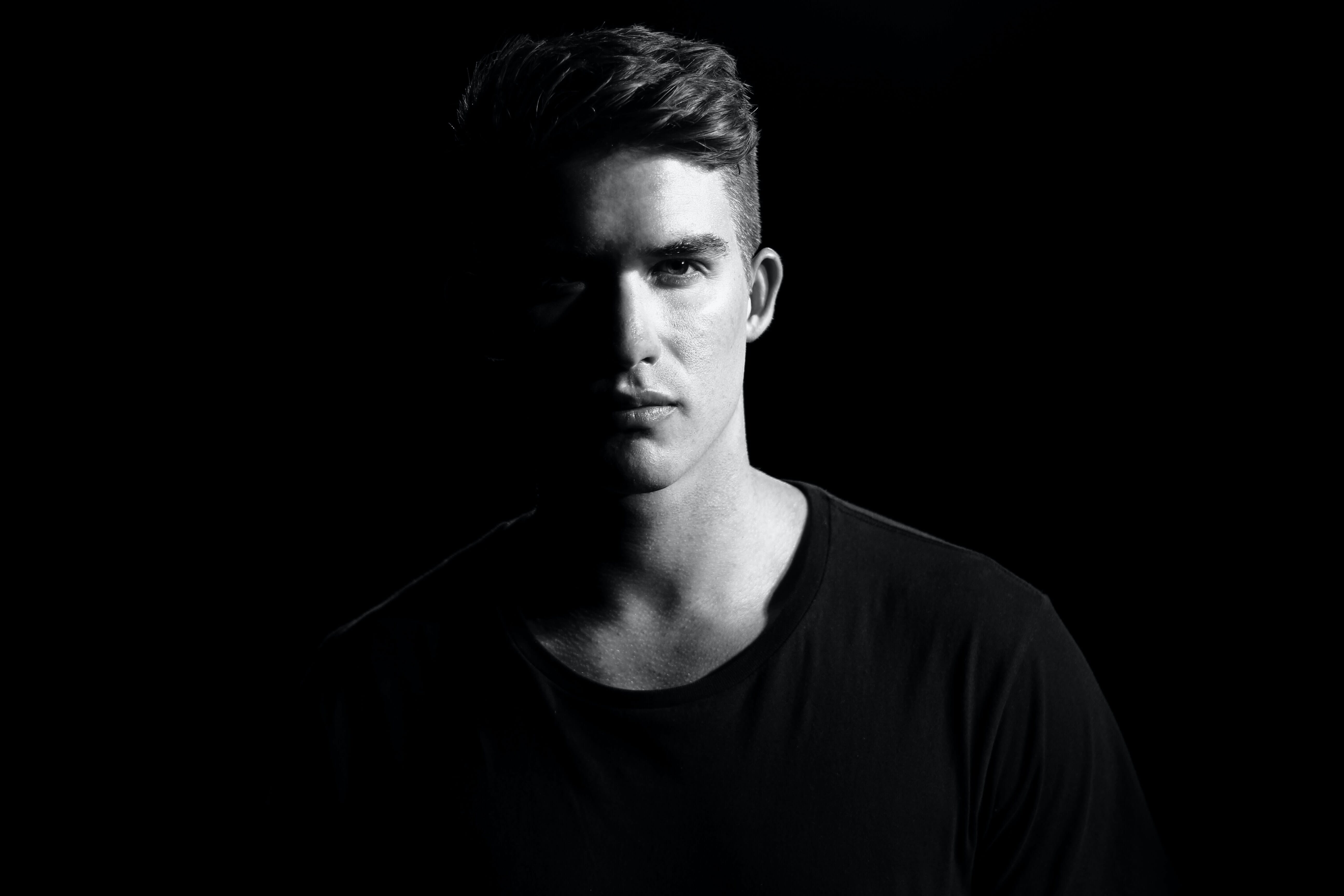
High Key vs Low Key Lighting: The Differences
First things first:
High key lighting gives you photos with pure-white backgrounds, like this:
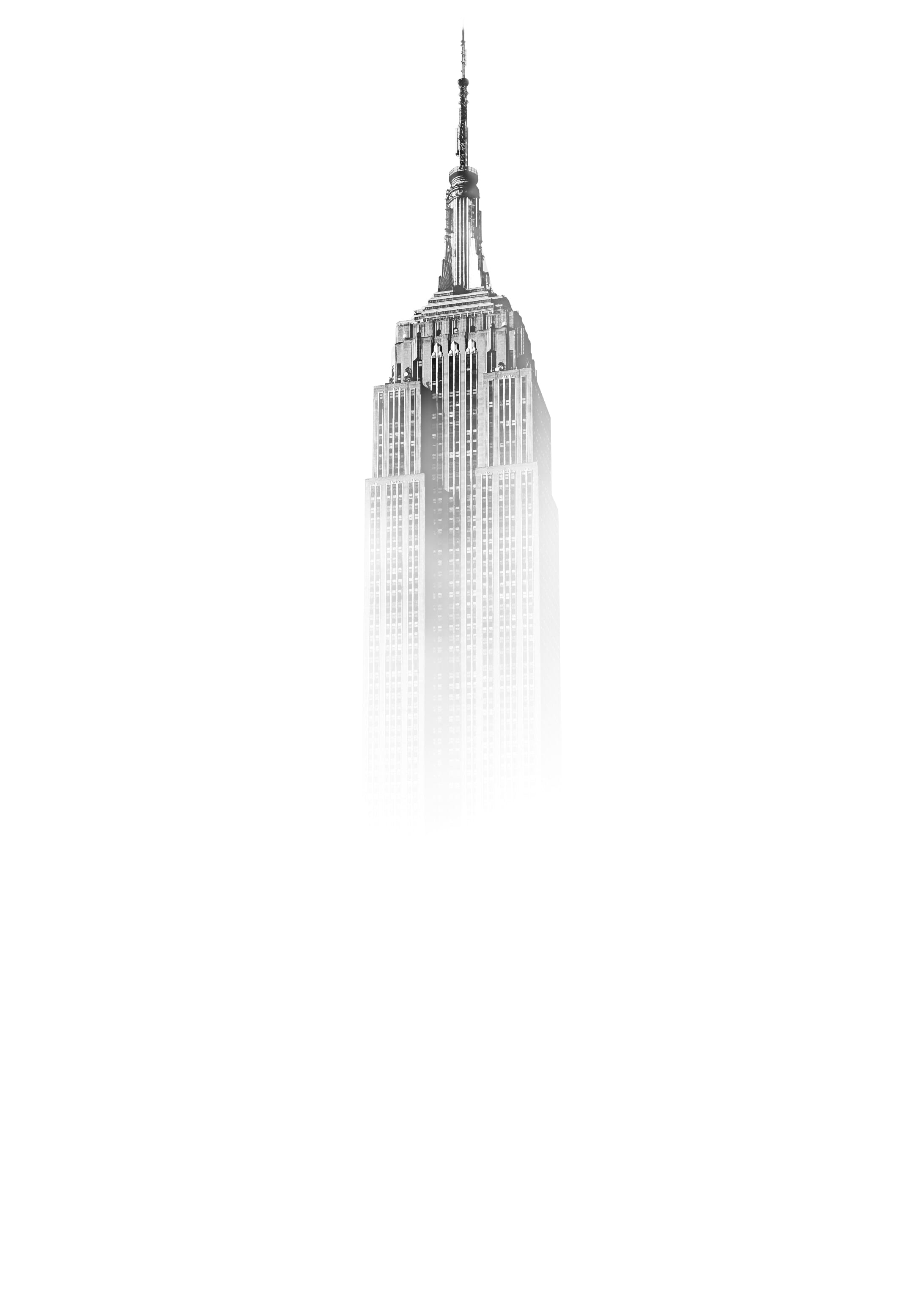
Whereas low key lighting gives you pure-black backgrounds, like this:

High key lighting is common in portrait photography and some product photography, especially when you’re aiming for an upbeat, bright-and-airy type look.
You’ll also find high key photography in fashion magazines, as well as in macro photography, product photography, and even bird photography.
Low key lighting is also found in a lot of the same places, but instead of an upbeat look, low key lighting is used to create dramatic, moody photos.
So you can create a moody still life.
- or a moody portrait.
- or a moody product photo.
- the list goes on…
Now, high key lighting is easier to achieve, generally speaking.
It’s simple to produce high key lighting when shooting outdoors on cloudy days (without a flash). And you can also pull it off on sunny days, too, though it’s a bit trickier.
Finally, you can pretty much always achieve high key lighting with a flash or two, no matter your ambient light.
Low key lighting, on the other hand, is a bit more finicky.
While it’s possible to produce low key lighting when shooting outdoors, it’s a lot harder, especially if you don’t want to do a lot of post-processing.
Fortunately, achieving a low key look with a flash is easier than achieving a high key look.
And you can also get gorgeous low key photos when shooting indoors without a flash—as long as you have single strong natural light source, such as diffused window light.
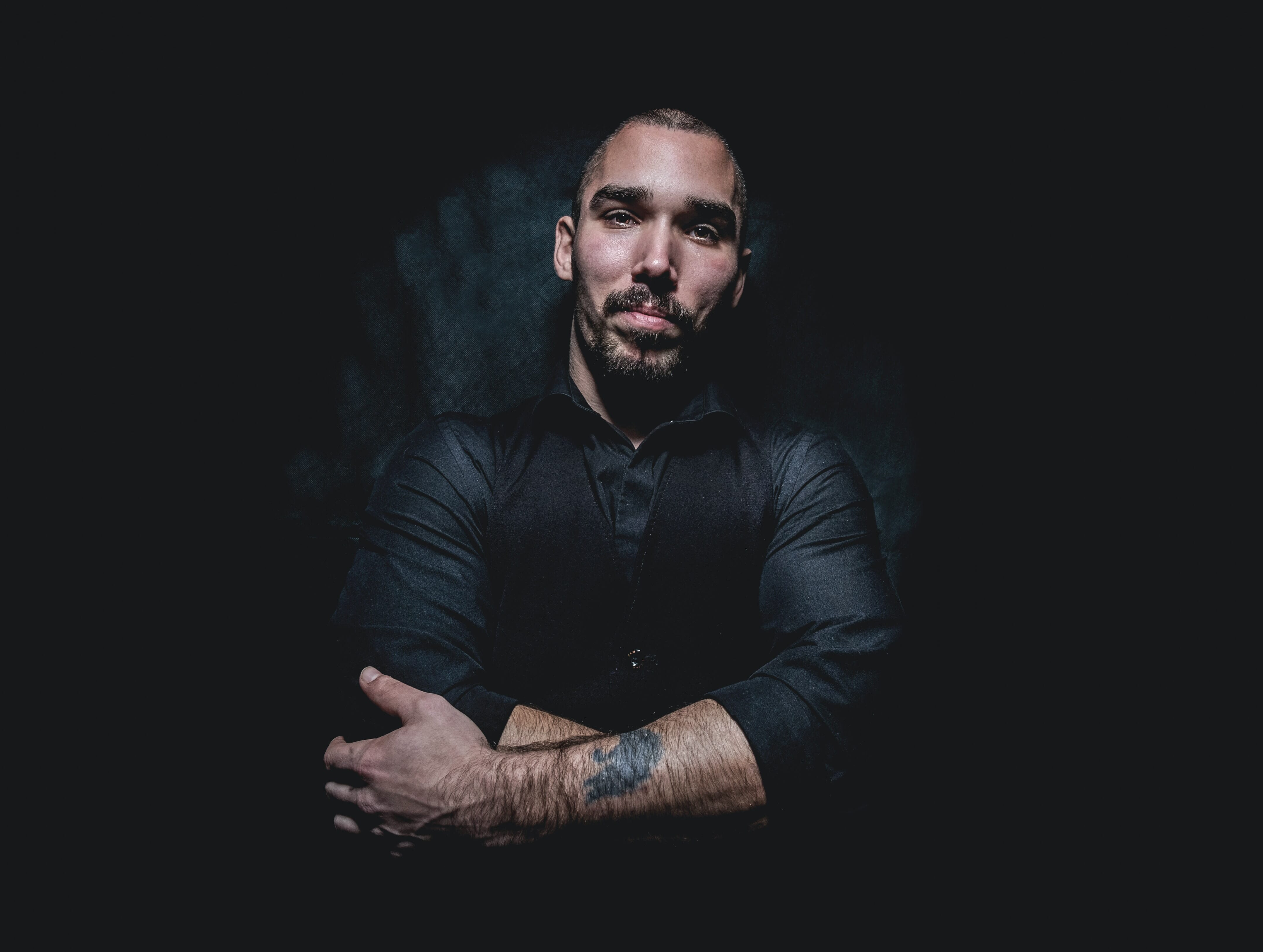
Working With High Key and Low Key Lighting
If you’re trying to achieve a high key look, there’s really only one thing you need to know:
The background should be significantly brighter than your subject.
I’m talking a lot brighter, like the difference between a person and the sky.
This is what gives you the beautiful high key look, where you shoot your main subject and let the background get blow out.
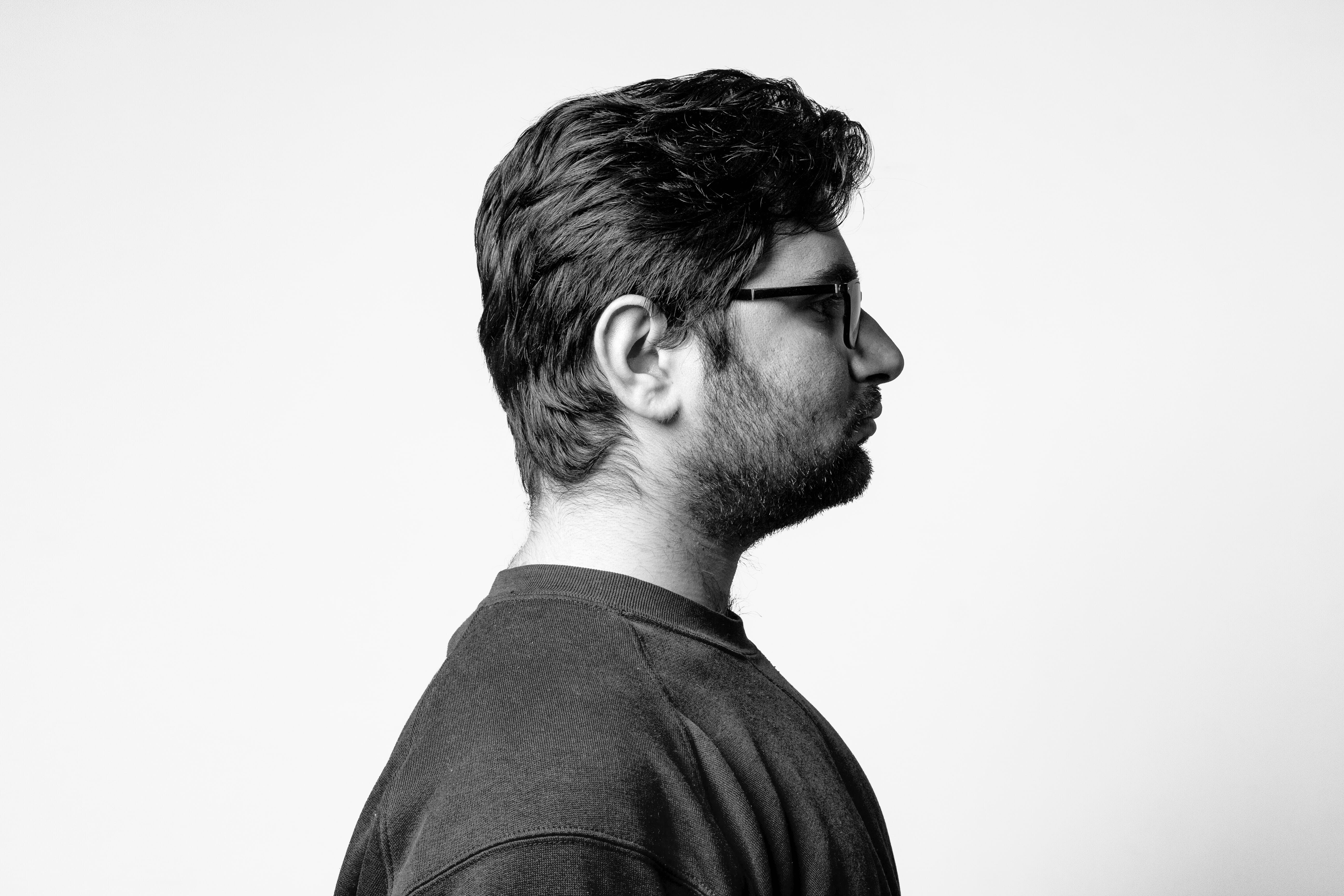
Low key lighting is the opposite:
It requires that your subject be much brighter than the background.
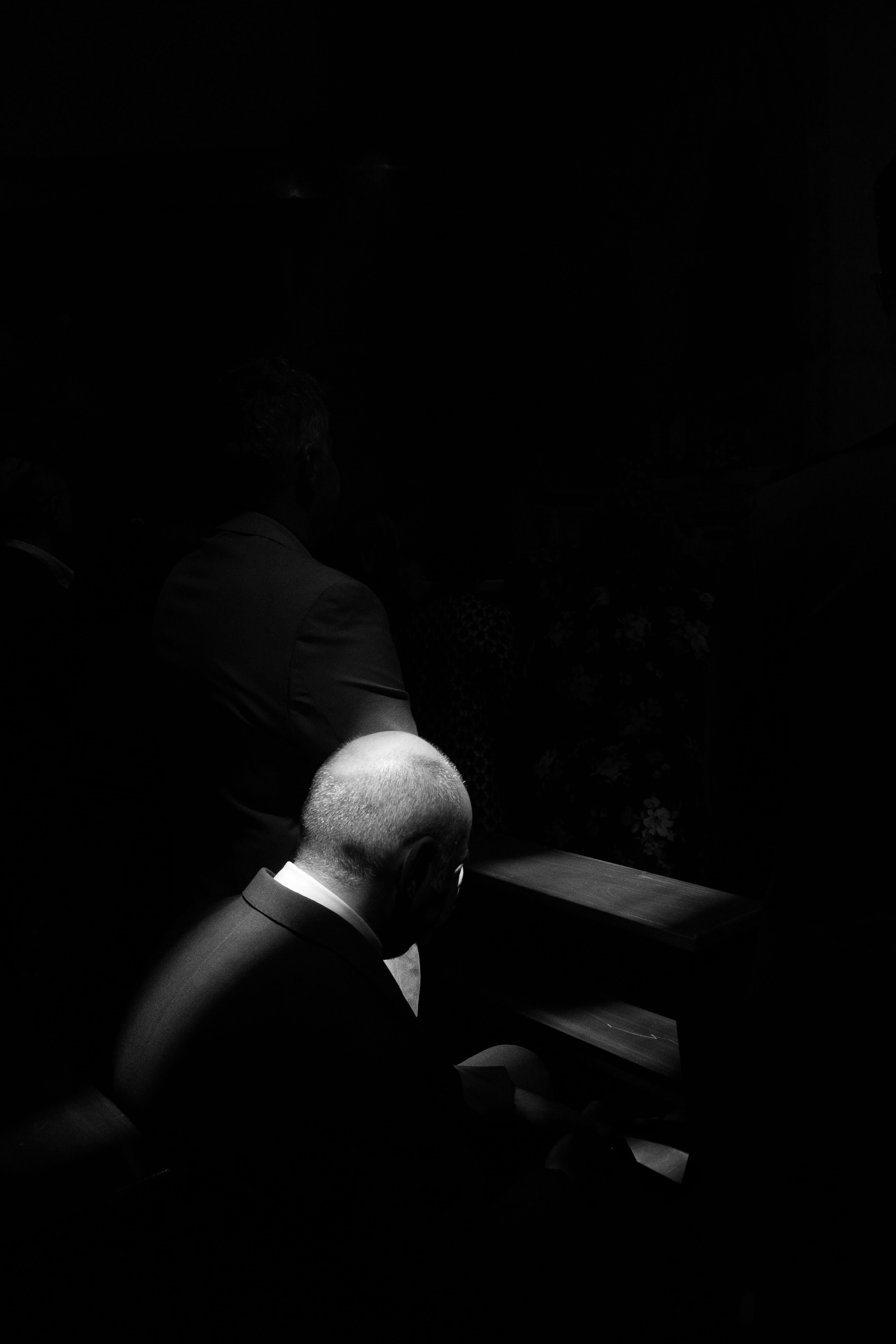
As I mentioned above, this is often harder to achieve—especially when using natural light.
Because while there are many scenarios with bright backgrounds with dark subjects, there are very few bright subjects on dark backgrounds.
That said, it’s possible to achieve both forms of lighting…
…both with natural light and with artificial light.
Let’s first take a detailed look at how you can produce high key lighting:
How to Produce High Key Lighting for Stunning Photos
If you want to capture some beautiful high key photos, you have a few options.
As you’ll remember from the section above, you need to position a relatively dark subject against a relatively bright background.
Which basically means that you can either put your subject against the sky, or you can put your subject against a bright artificial light.
If you’re working outdoors without a flash, cloudy days are your friend. You can get down low so that your subject is framed against the white sky.
Make sure there is nothing in the background but clouds.
Meter off your subject (so that it doesn’t end up too dark).
And take your shot.
If things don’t turn out quite the way you like, you can slow down the shutter speed for a brighter look, or crank up the shutter speed for a darker look.
Creating a high key shot on sunny days is a bit more difficult, but the process is similar.
Frame your subject against the sky—but make sure that the sun is backlighting your subject.
You don’t actually want to let the sun into the frame. Instead, place the sun directly behind your subject, so that it’s blocked from view, or put the sun just off to the side of the shot.
Then expose for your subject and take your shot.
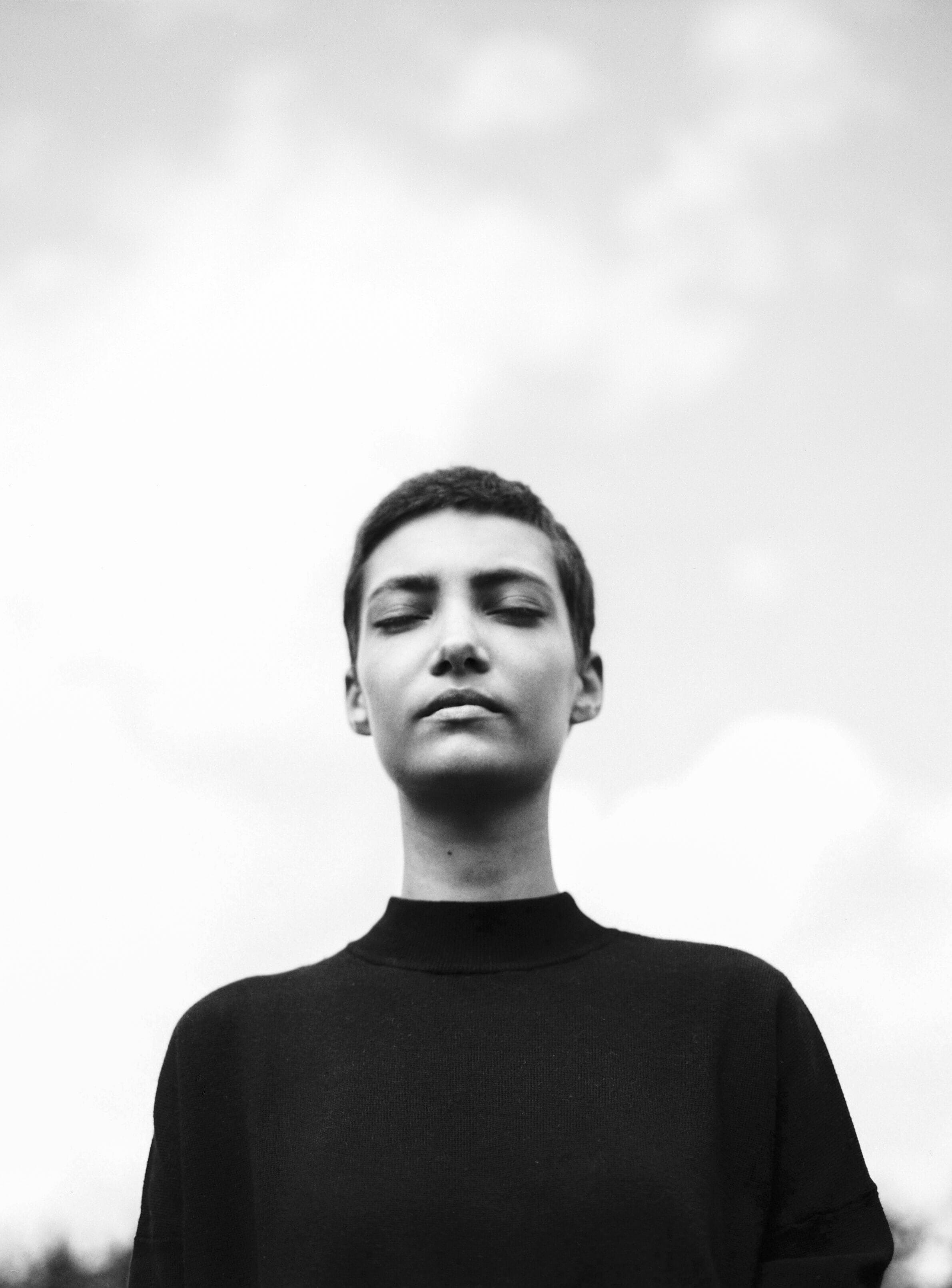
Now, if you want to create high key photos using flash, I suggest working indoors.
The goal is to create a background that’s far brighter than the subject, and for this you’re going to want a subject in relative shadow.
If you only have a single flash, then mount it on a lighting stand and place it directly behind your subject. Put a large modifier on the flash itself—either a diffuser or a big softbox.
The modifiers should take up the entire background of your photo.
Then bring a reflector around to the front of your subject, and place it so it faces the subject at an angle. This will fill in the shadows a bit so that you don’t end up with a silhouette.
Finally, take your photo, then adjust your exposure until you get the look you want.
(If your subject is too dark, move the reflector closer, or widen the aperture while raising the ISO. If your subject is too light, narrow the aperture. If the background is too dark, turn up the flash power.)
Note that if you don’t have a large modifier that can fill the background, you can still create a high key effect using flash.
Just purchase some large, white posterboard and mount it behind your subject.
Then put your flash off to the side (using a modifier such as a softbox would be a good idea) and point it at the posterboard.
Keep the reflector in front of your subject, and take your shot.
If you have two flashes, then you can replace the front-facing reflector with the second flash (though I recommend putting an umbrella over it).
This will keep your main subject nice and detailed, even as the background is blown to pure white.
Make sense?
Now let’s take a look at how to create low key lighting setups:

How to Produce Low Key Lighting for Moody Photos
If you’re looking to capture a low key look, then you’ll have a tough time doing it outdoors.
First, you have to make sure your subject is positioned in bright light, such as a ray of sunshine.
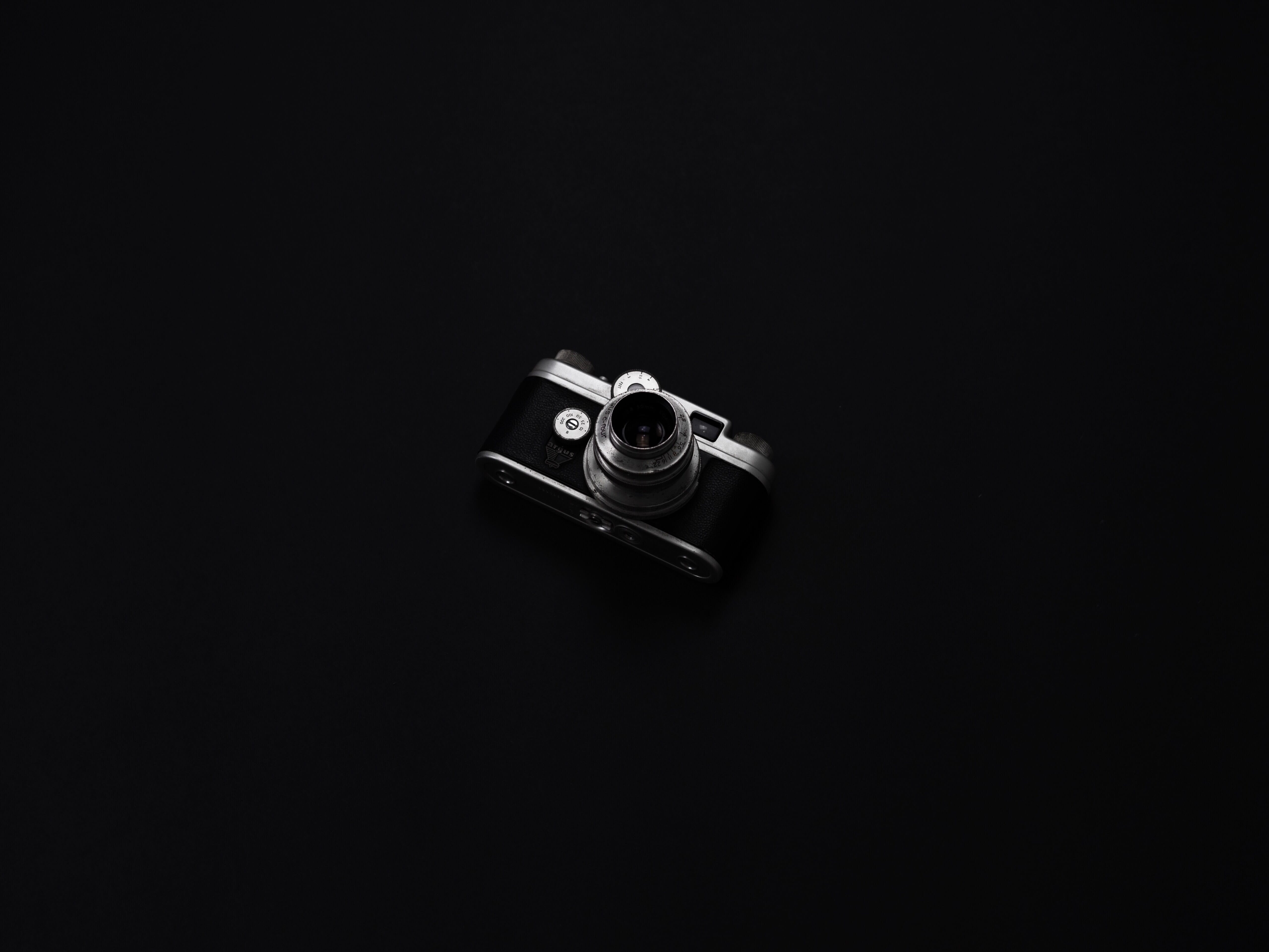
And then you have to make sure the background is in complete shadow.
By exposing for the main subject, you can use this difference in light to push the background to black.
But the problem is that on cloudy days the difference between well-lit and shaded is fairly minimal. So you’ll either need to do a lot of post-processing work to complete the look, or you’ll need to avoid cloudy day photography entirely.
The outdoor low key effect is more powerful on sunny days—especially if you shoot when the light is somewhat harsh, around midday.
You can also produce the low key look using flash or natural light indoors, and this is much easier.
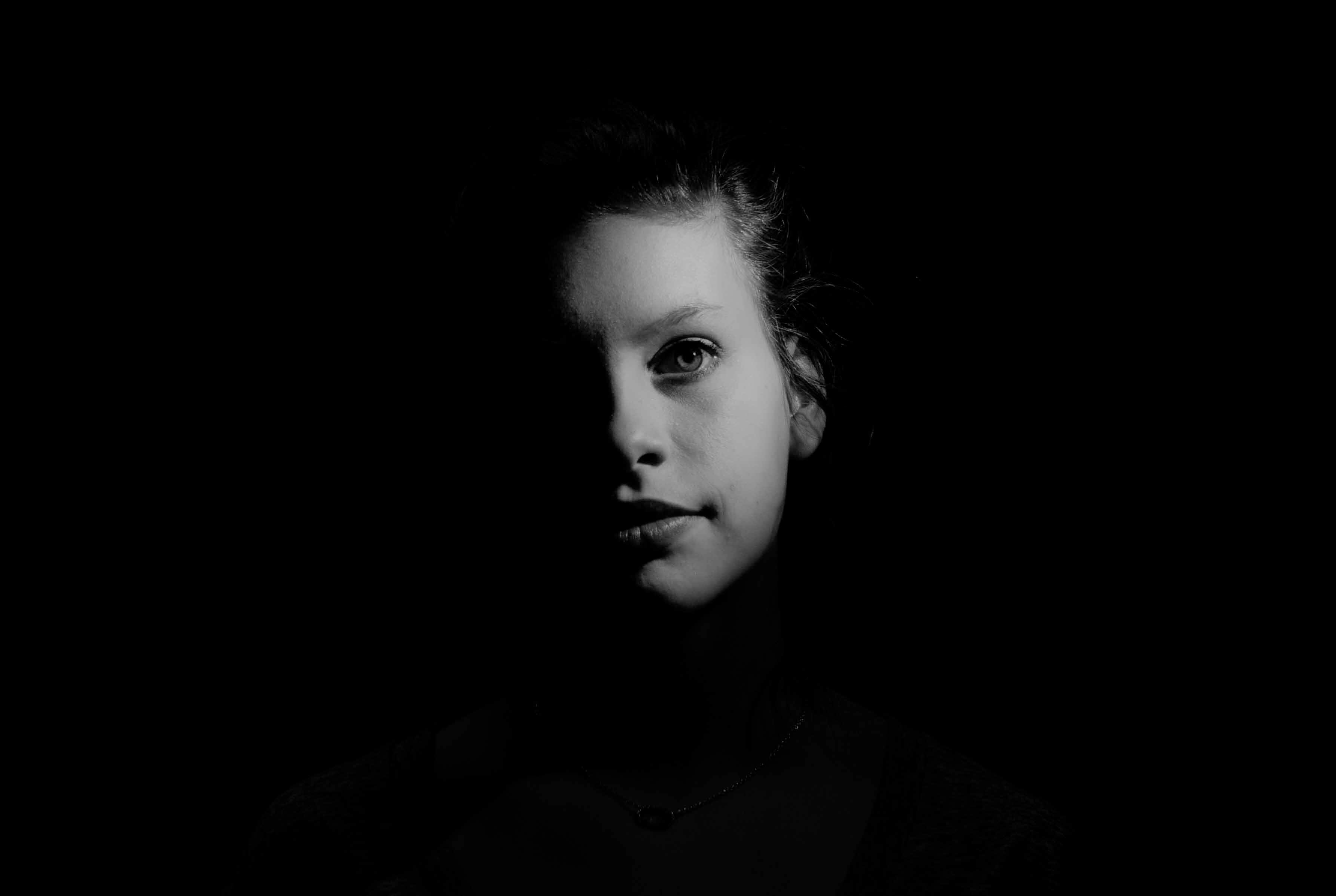
Why?
Because all you have to do is illuminate your subject with the light. Indoor backgrounds are naturally dark, so you’ll automatically come away with a low key shot (as long as you don’t let the light fall on the background).
If you’re using a window as a source of light, position your subject so the window is hitting them on the side, or at an angle.
(A 45-degree angle is a good choice, especially if you’re shooting portraits. But you want to make sure the light isn’t hitting the background. A tip is to make sure the background is far from the subject.)
Then expose for your subject, and watch as the background is rendered in pitch-black tones.
If you’re using a flash, you should position it at either the side of your subject, or at a 45-degree angle.
Then take the shot, making sure no light spills onto the background.
I recommend modifying the flash with a softbox, because this will soften the light while keeping it somewhat directional. An umbrella is also a good choice, but it can easily brighten the background if you’re not careful.
And that’s it!
You’re done.
You should have a beautiful low key photo.
High Key vs Low Key Lighting: Conclusion
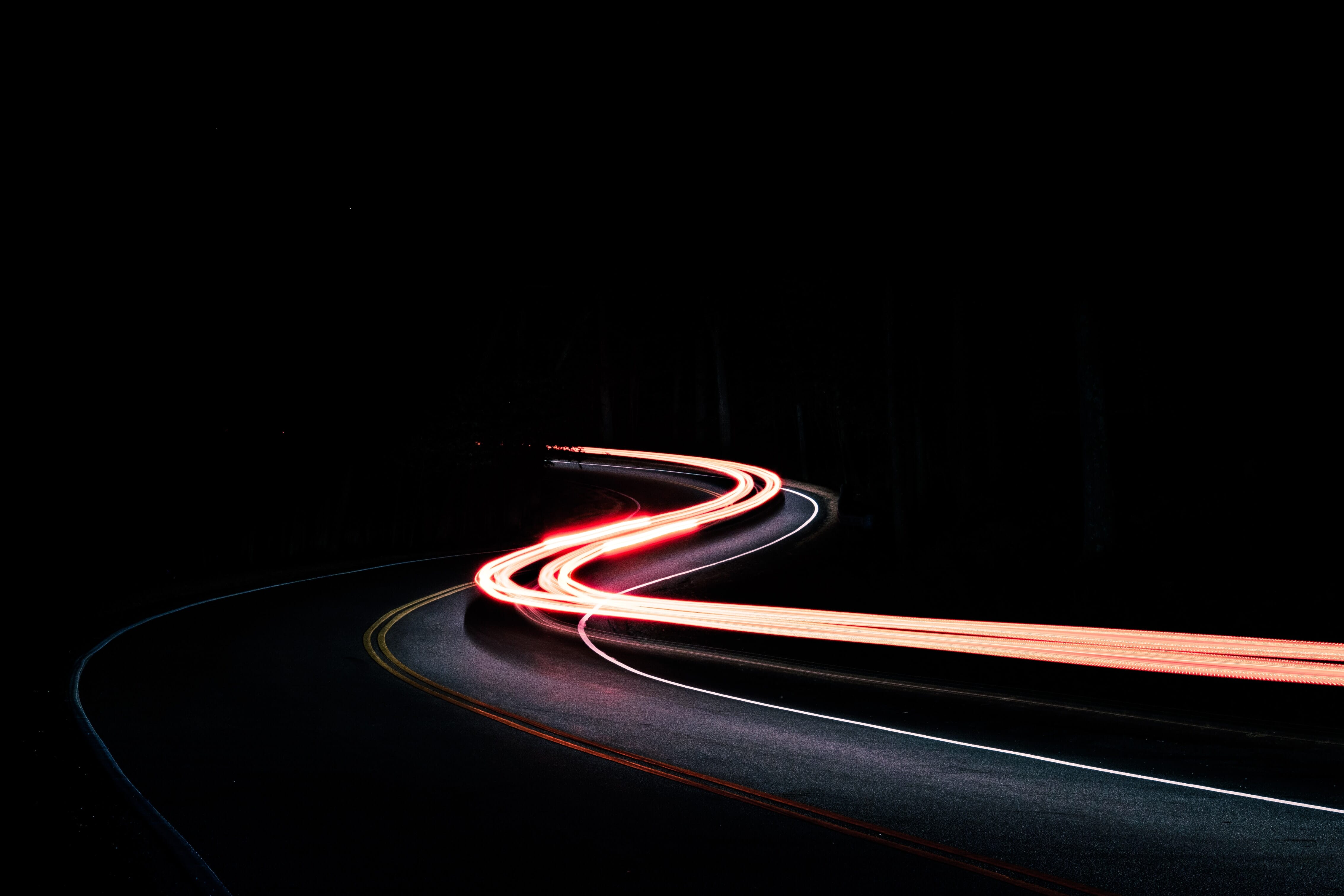
Now that you’ve finished this article, you know all about low key vs high key photography.
And you know how to produce both looks—from bright and airy high key shots to dark, dramatic low key photos.
So get out and start shooting!
Some amazing photos await.
What is high key photography?
High key photography refers to a type of photography that relies on a blown-out, detailless, pure white background to enhance the main subject (and the photo as a whole). High key photography can be created naturally (through careful use of the existing light) or with flash.
What is low key photography?
Low key photography involves capturing photos with pure black backgrounds. Low key shots tend to be dark, somber, and dramatic, in comparison to the brighter, happier look offered by high key photography.
What is the difference between high key and low key?
High key photography refers to images with very bright (often pure white) backgrounds and detailed, well-exposed subjects. Low key photography refers to images with very dark (often pure black) backgrounds, still with detailed and well-exposed subjects. Essentially, high key photography means white background , and low key photography means dark background , though high key shots also tend to be pretty bright overall, and low key shots tend to be pretty dark.
How do you take low key pictures?
To capture low key photos, you need a difference in brightness between the main subject and the background. The background should be significantly darker than the main subject, which means you can achieve a low key effect by brightening up the main subject with flash or sunlight , then leaving the background shrouded in shadow.
How do you take low key photos without flash?
To capture low key photos without flash, you’ll need to position your subject in direct light, while the background sits in shadow. I’d recommend shooting in bright sunlight, but with a shaded backdrop. You can also create a low key effect indoors by positioning your subject in front of powerful window light (where the sun is streaming in), while keeping the rest of the scene dark and unlit.
